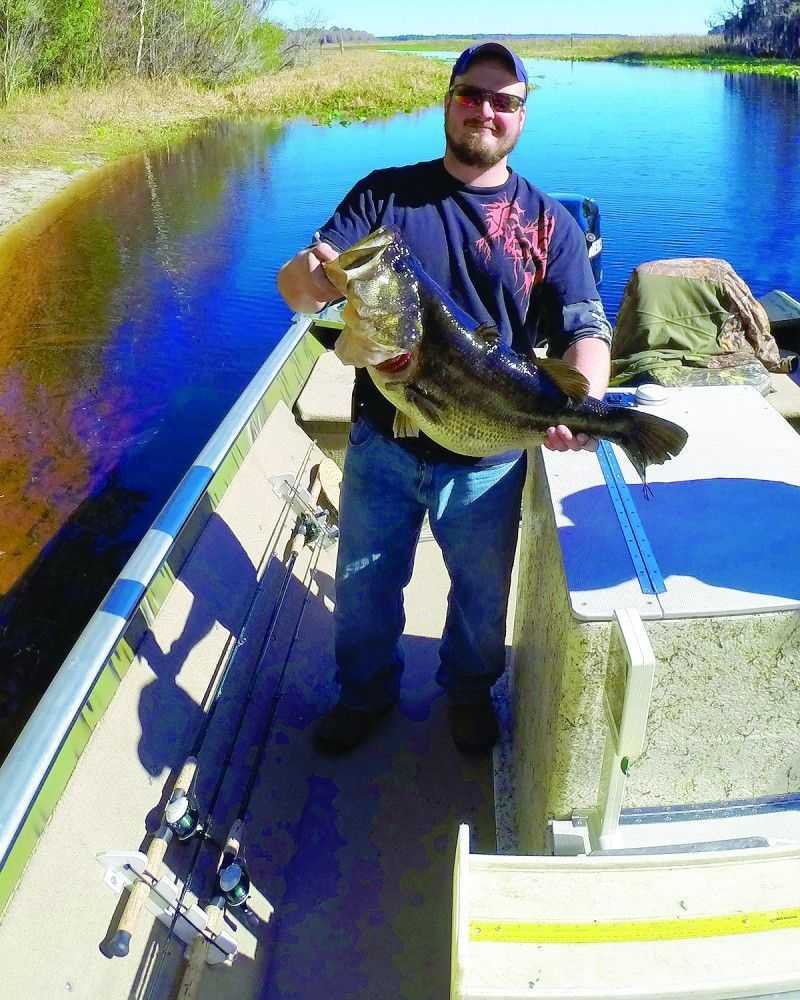Florida Proposes Sweeping Changes For Bass Regulations
Florida has some of the best bass fishing in the world. Abundant lakes and rivers provide habitat necessary to produce good fisheries, and the Florida largemouth bass possesses unique genetics that favor rapid growth to trophy size. Fisheries management through rules and regulations also plays a role, and the Florida Fish and Wildlife Conservation Commission (FWC) is considering sweeping changes to bass regulations.
Florida has protected its bass since 1855, 58 years before the advent of the first game commission. Prior to establishment of the Game and Fresh Water Fish Commission (GFC) in 1943, bass fishing was regulated on local opinion and traditional approaches of other states. The GFC fisheries biologists determined that previous regulations had little impact in most Florida waters, and regulations were liberalized.
In 1990, concern rose that Florida’s bass fishery was not sustainable under increasing fishing pressure and environmental impacts. As a result, the GFC adopted new statewide regulations in 1992. While many biologists favored increased protection of quality-sized bass, they recommended minimum size limits as most anglers supported protection of smaller bass.
From 1992 until the present, biologists studied a variety of sophisticated regulations in specific water bodies or zones within the state. The FWC, which succeeded the GFC in 1999, has been researching ways to manage harvest with hands-on experimentation and also by carefully evaluating bass regulations in other states. Integrating social science with biological research allows the FWC to develop regulations that are justified biologically while accommodating anglers.
Consequently, the FWC commissioners favorably reviewed draft black bass management rules on June 25 at a public meeting in Sarasota. The commission will consider them final approval in February 2016. The new rules would go into effect on July 1, 2016.
The intent is to simplify the rules and allow anglers to keep smaller, more abundant largemouth bass and increase abundance of larger bass statewide by changing length limits for black bass species and eliminating many specific rules for different water bodies.
Anglers are practicing catch-and-release at record levels. While reduced harvest of large bass is beneficial, culling bass under 16 inches may improve some fisheries by reducing competition among bass so individuals grow faster and larger. The proposal would allow additional harvest of younger, small healthy bass.
In Florida, black bass species include largemouth, spotted, shoal, Suwannee and Choctaw bass. The largemouth bass is found statewide and is known worldwide for reaching trophy size, whereas the other four species are smaller and, within Florida, are found only in the panhandle.
The proposal would eliminate the three zones that currently regulate bass harvest along with 42 special regulations for largemouth bass.
Under the proposal, anglers could still keep up to five black bass (all species combined) of any size, but only one bass 16 inches or longer in total length could be kept per angler per day. For Suwannee, shoal, Choctaw and spotted basses, the current 12-inch minimum size limit would be maintained, although there would be no minimum length limit on largemouth bass. In addition, the proposed changes include a catch-and-release-only zone for shoal bass in the Chipola River.
The current bass tournament permit program would continue to allow anglers participating in permitted tournaments temporary possession of five bass of any size.
Details of the proposed rule changes and public input can still be provided via two surveys at MyFWC.com/BassSurvey.
